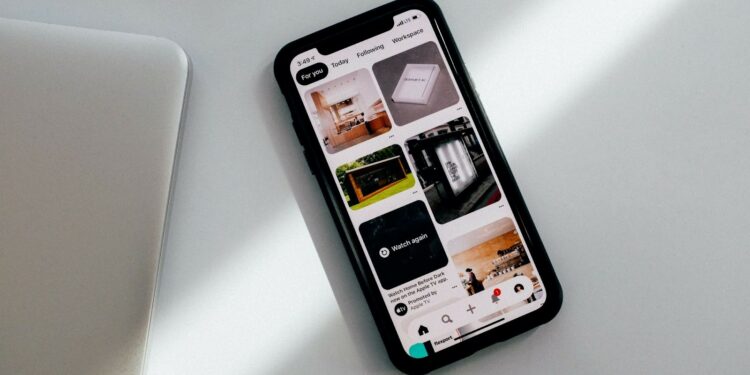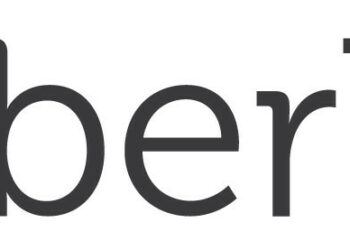Of all the buzzwords and acronyms of the last decade, UI is one that is only increasing in importance. UI (or ‘user interface’) designers are essentially responsible for creating the interactions that take place within apps, combining both static and dynamic visual and sometimes even audio elements with functional components that boost an app’s usability.
Simply put, a good UI design is the backbone behind all of your favourite apps, or at least the apps that you use most frequently over the course of your day. But how exactly does UI design work? And how do UI designers bring their app designs from the page to the screen? Today we are going to look at the top 5 applications used by mobile app designers to create stunning and intuitive UI. Read on to unearth all the tech secrets behind the UI design process.
1. Figma
Figma is one of the most commonly used programs for mobile app design, as it possesses a minimal learning curve and provides a range of design capabilities, including developing whole design systems as well as small jobs like making social media posts. Unlike other design apps, Figma is also very generous with its integrations, which makes life easier for UI designers as they can achieve all their desired effects on one platform.
Figma is not only used for app UI design, however, as it is also a preferred tool for web developers. Any budding UI designers who would like to work across both platforms are likely to find Figma’s multitude of platform-specific and universal design affordances highly conducive to creating compelling design layouts.
Digital design – and particularly UI – can be quite an intimidating profession or hobby, but platforms like Figma can certainly break down those barriers and help even budding designers bring an app concept to full realisation.
Figma has a free option for Starters, $12/month for Professionals and $15/month for Organisations.
2. Sketch
Sketch is another fantastic design program for mobile apps, and is one of the top options for designers wanting to create compelling user interfaces for their app concepts. Sketch is known to be one of the smoothest platforms on the market, and this is especially true if you are designing apps on macOS.
In terms of functionality, Sketch isn’t too dissimilar to Figma in that it uses the same approach to app design and prototyping. App designers, and designers in general, can use wireframes to plot out or create a prototype of an app idea and to understand what the user experience looks like. Sketch makes the wireframe process very easy to establish and make changes thereafter when feedback is received. You can also create your own graphics on the platform, which can reduce your budget if you had planned to outsource this work.
Sketch is $9/month for Beginners and then the rate increases based on the size of your organisation and needs.
3. Adobe XD
There are few brands that carry as much clout in the design world as Adobe, which is why Adobe XD is a preferred option for designers who already have a background in designing with Adobe products. Adobe XD is a vector design tool that will work for both mobile and web applications and is ideal for iOS and Android app development.
One particularly fantastic feature of Adobe XD is that you can view the mobile app as it comes together on a mobile phone, with the ability to test it in real-time and in the size and format you intend your app to be used in. This ability to check your work as you go and interact with an app design in a real-world sense is what sets Adobe XD apart from other UI design tools.
Of course, using Adobe XD naturally means paying Adobe prices, as Adobe XD is sadly one of the more expensive app design tools on this list. If you’re using other software within the Adobe Creative Cloud, however, you can bundle Adobe XD with other Adobe software and get a little more bang for your buck.
Adobe XD is $14.29/month or $79.99 to receive Adobe XD and all other Adobe apps.
4. Zeplin
If you are a designer who likes to have a plan and work in a dedicated team, then Zeplin will likely already be on your radar. Zeplin is the best designing tool for teams as you can design in real-time and have better control and communication capabilities to work on ongoing feedback and changes. This will not be the best tool for solo UI designers, as you will not be able to take full advantage of the software’s great collaboration capabilities, which admittedly is its primary selling point when compared to the other app design tools on this list.
There are some reputable designers that have said that it is not relevant to compare Zeplin with those more design-centric apps, as Zeplin is best presented as an ‘asset assembly’ tool. In saying that, Zeplin works well in tandem with Figma if you want to tap into those design and graphic assets both individually as well as being part of a team.
Zeplin has a free option for Starters, $8/month for Teams, $16/month for Organisations and custom options for larger enterprises.
5. InVision
Of the five we have discussed here, InVision would be one of the newer tools on the block, but the users who have tried InVision have loved the flexibility of this cloud-based digital tool. Whether you are a sole designer or working within a large team, InVision will enhance the way you design with great collaboration tools and modern ‘test and learn’ functionality.
InVision’s digital dashboard holds nothing but potential for designers with responsive and creative templates to offer, as well as the freedom to create freehand when you want to. This is certainly a UI design tool that you will not want to overlook!
InVision has a free option for Starters, $4/month for Professionals and custom options for larger enterprises.
~
We hope these 5 design apps for mobile UI design have you thinking about which option is going to be best for your next app development project. With quality on offer across the board, it is hard to go wrong with any of these fantastic options, although you may find by playing around with some of the software explored above, one or two may be best suited for your own creative and professional needs. Happy designing!



